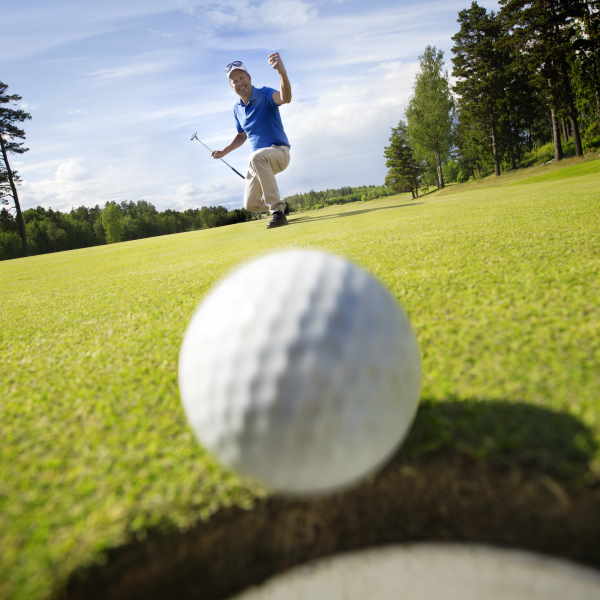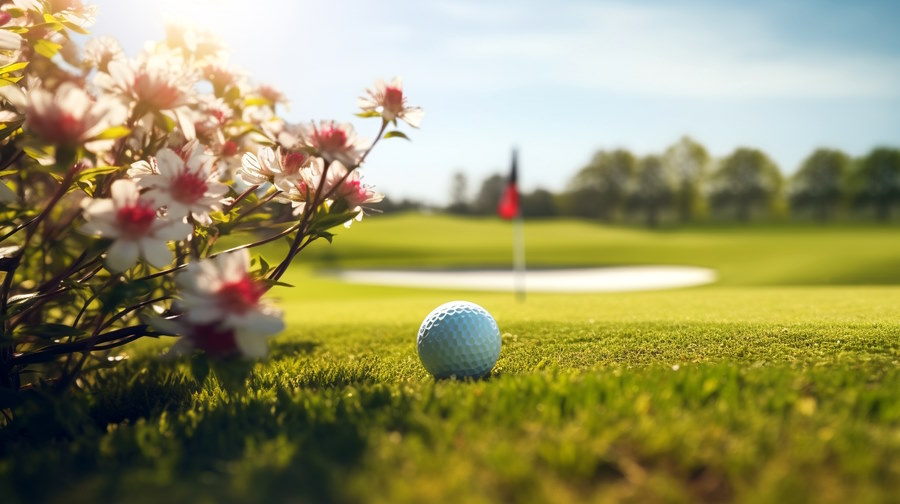Golf Putter Head Shapes: What the Pros Prefer and Why?
Choosing the right putter head shape can make a significant difference in your game. But do you know which putter head shape is best for you? This blog explores the various putter head shapes, highlights their unique advantages, and reveals why professional golfers prefer specific types.
Recommended:

What Are The Two Main Types Of Putter Head Shapes?
When it comes to putter head shapes, there are two main types: blade, and mallet. Each shape offers unique characteristics and benefits that cater to different putting styles and preferences.
- Blade Putters are the classic choice, known for their simple, straightforward design. Blade style putters are usually better suited for low handicap and pro players.
- Mallet Putters are larger and often more complex, offering more alignment aids. Mallat Putters are good for everyone but are usually easier to use for beginner to intermediate players.
Understanding these differences can help you decide which type might best suit your game.
Also Of Interest:
- Innovations in Golf Shoe Technology: Enhancing Performance on the Greens
- Teeing Off Green: The Case for Recycled And Used Golf Balls
- Why Your First Set of Women’s Golf Clubs Matters: Tips for New Golfers

What Are Blade Putters?
Blade putters are slim, traditional-looking putters that have been around for decades. They are known for their clean, simple design and excellent feedback.
Benefits:
- Great for golfers with a straight putting stroke.
- Offers better feel and control over the ball.
- Easier to use on fast greens.
Why Pros Prefer Them: Many professional golfers, such as Tiger Woods, prefer blade putters because they offer precise control and feedback. Pros with a more traditional putting style often gravitate toward blade putters for their simplicity and responsiveness.
Blade Putter Head Shapes Examples
What Are Mallet Putters?
Mallet putters are larger and more complex in design compared to blade putters. They often feature elaborate shapes and additional alignment aids, making them popular among modern golfers.
Benefits:
- Enhanced alignment features help with accuracy.
- Heavier weight provides better stability.
- Suitable for golfers with an arced putting stroke.
Why Pros Prefer Them: Professionals like Rory McIlroy use mallet putters due to their stability and alignment assistance. The added weight and unique designs help pros maintain a consistent stroke and improve their putting accuracy, especially on longer putts.
Mallet Putter Head Shapes Examples
What Factors Do The Pros Look For In Putters?
Several factors influence a professional golfer’s choice of putter head shape. Personal putting style is a major consideration—whether a golfer has a straight or arced putting stroke can determine the best putter shape for them.
Course conditions and the type of greens they play on regularly also play a role. Additionally, the feel of the putter during practice sessions and competitive rounds is crucial. Customization and fitting are important, as pros often have their putters adjusted to suit their specific needs.
It’s not uncommon for professional golfers to own multiple putters, each tailored for different conditions or preferences, allowing them to switch based on the course or their current form.
Read More:
- First Set Of Golf Clubs: Tips for Buying Your First Set of “Real” Golf Clubs
- Golf Book Club: Winter Reading List for Golf Enthusiasts
- Traveling With Your Golf Clubs And Packing Your Golf Bag On Flights
Final Thoughts
Each putter has its unique selling points, and as a golfer, it’s essential to find one that aligns with your playing style. By learning from the pros and reflecting on these insights, you can discover the putter head shape that elevates your play. Whether it’s the classic blade or the precise mallet the right putter awaits to transform your performance on the greens.
Writer/Editor: Danny Kapp is a passionate golf enthusiast and an 8-year veteran golf blog writer for Rock Bottom Golf, offering his unique perspective on the game. With a keen eye for detail, he covers various aspects of golf, ranging from technical insights to the latest trends in golf equipment and golf technology.











